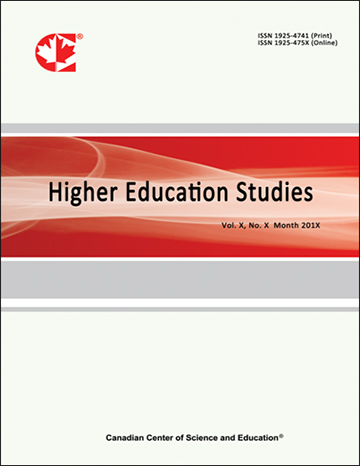Exploring Flipped Classrooms in EFL Teaching: A Comprehensive Systematic Review
- Weerapa Pongpanich
- Wichittra Chomthong
- Anchana Choeykhunthot
- Kanyakorn Tammati
- Piyawan Rangkharat
- Thada Jantakoon
Abstract
The flipped classroom model has gained significant attention as an innovative pedagogical approach to teaching English as a Foreign Language (EFL). This method promotes active learning, student engagement, and improved language proficiency by shifting content delivery to pre-class activities and dedicating class time to interactive and collaborative tasks. This systematic review synthesizes findings from seven peer-reviewed studies published between 2016 and 2024, selected through a PRISMA-guided search of ERIC, ScienceDirect, and Google Scholar databases. The analysis highlights the flipped classroom’s effectiveness in enhancing EFL learners’ speaking, listening, and reading skills, fostering autonomy, and reducing language learning anxiety. Despite its benefits, challenges remain, including technological disparities, variations in student readiness, and insufficient teacher training. The review underscores the need for tailored professional development, equitable access to digital resources, and adaptive strategies to address these obstacles. Additionally, cultural and contextual factors significantly influence the model’s success, necessitating further exploration to optimize implementation in diverse educational settings. This systematic review contributes to the growing body of research on flipped classrooms, providing insights for educators and policymakers to enhance the efficacy of this approach. By addressing identified challenges and leveraging their advantages, the flipped classroom model offers a promising avenue for transforming EFL education and meeting the demands of 21st-century learners in a globalized world.
- Full Text:
 PDF
PDF
- DOI:10.5539/hes.v15n2p23
Index
- AcademicKeys
- CNKI Scholar
- Education Resources Information Center (ERIC)
- Elektronische Zeitschriftenbibliothek (EZB)
- EuroPub Database
- Excellence in Research for Australia (ERA)
- Google Scholar
- InfoBase
- JournalSeek
- Mendeley
- Open Access Journals Search Engine(OAJSE)
- Open policy finder
- Scilit
- Ulrich's
- WorldCat
Contact
- Sherry LinEditorial Assistant
- hes@ccsenet.org
